5 Genius Tips for Making an Arched Doorway That’s Family-Friendly (And Actually Stylish)
If you’re trying to blend function with flair in your home decor, an arched doorway might just be your new best friend. But when you’ve got little ones zooming around like tiny race cars—or even curious toddlers who think everything is a jungle gym—you need something that’s as safe as it is stylish.
In this article, we’ll show you how to create a family-friendly arched doorway that not only elevates your interior design game but also stands up to the chaos of daily family life.
Table of Contents
- Why You Should Consider an Arched Doorway
- Design Tips for Family-Friendly Arches
- Best Materials for Safe and Durable Archways
- Step-by-Step Guide to Building Your Own Arched Doorway
- Buyer’s Guide: Where to Shop for Arched Doorway Supplies
- Final Thoughts
Why You Should Consider an Arched Doorway
Gone are the days of boxy doorways dominating every hallway. Arched doorways bring elegance, architectural interest, and a softness that traditional rectangular entries often lack. They can instantly transform a room from boring to bougie—without costing you a small fortune.
But more importantly for families, arches offer smoother transitions between rooms, which means fewer bumps and bruises for fast-moving kids (and adults who forget their surroundings after two cups of coffee).
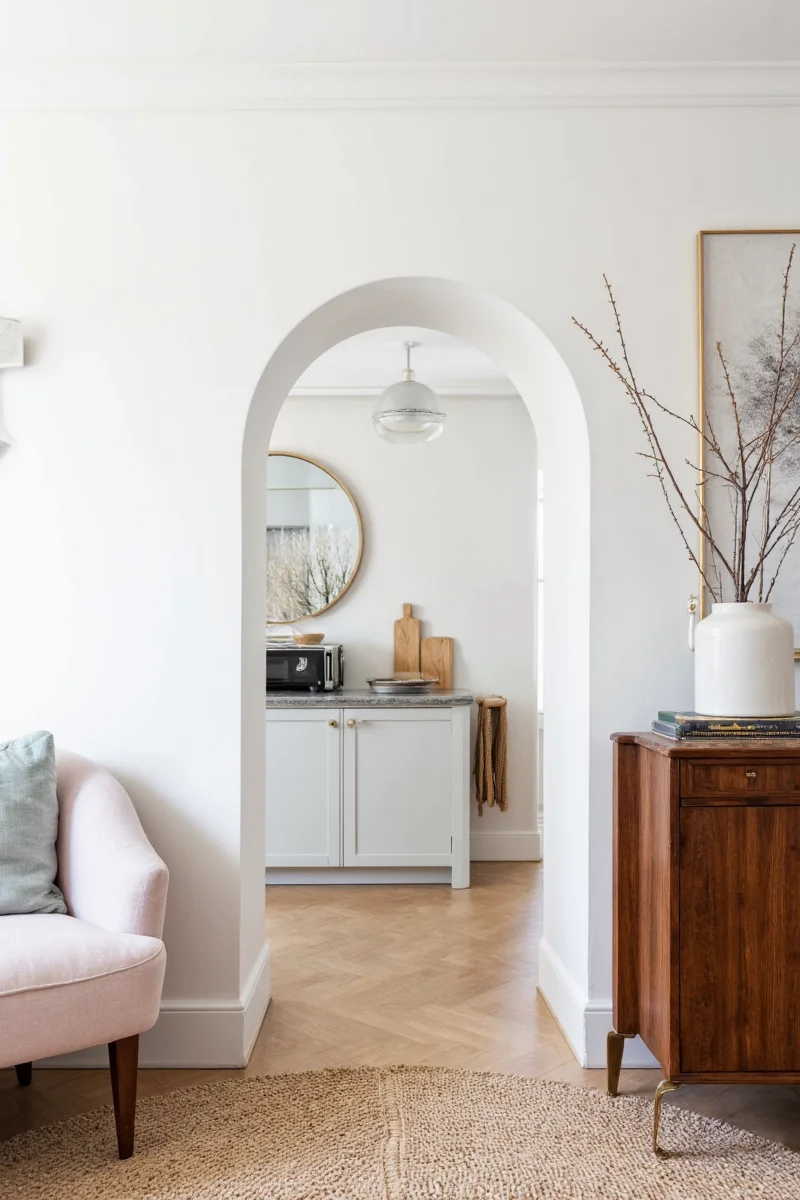
Image 1: An arched doorway adds visual flow between rooms without feeling boxed in.
Design Tips for Family-Friendly Arches
Here’s where most people get tripped up: making the arch look good and work well for families. Here are five smart strategies to keep things stylish yet kid-proof:
- Avoid Sharp Edges: Round off corners or use flexible molding to reduce injury risk.
- Use Wider Openings: Makes passage easier for strollers, toys, and oversized furniture.
- Paint It Playful: Bright colors or patterns make archways fun focal points for kids.
- Keep It Symmetrical: Symmetry creates visual harmony and works better with playrooms or nurseries.
- Add Wall Shelves or Nooks: Incorporate built-in storage spots within the arch frame for toys or books.
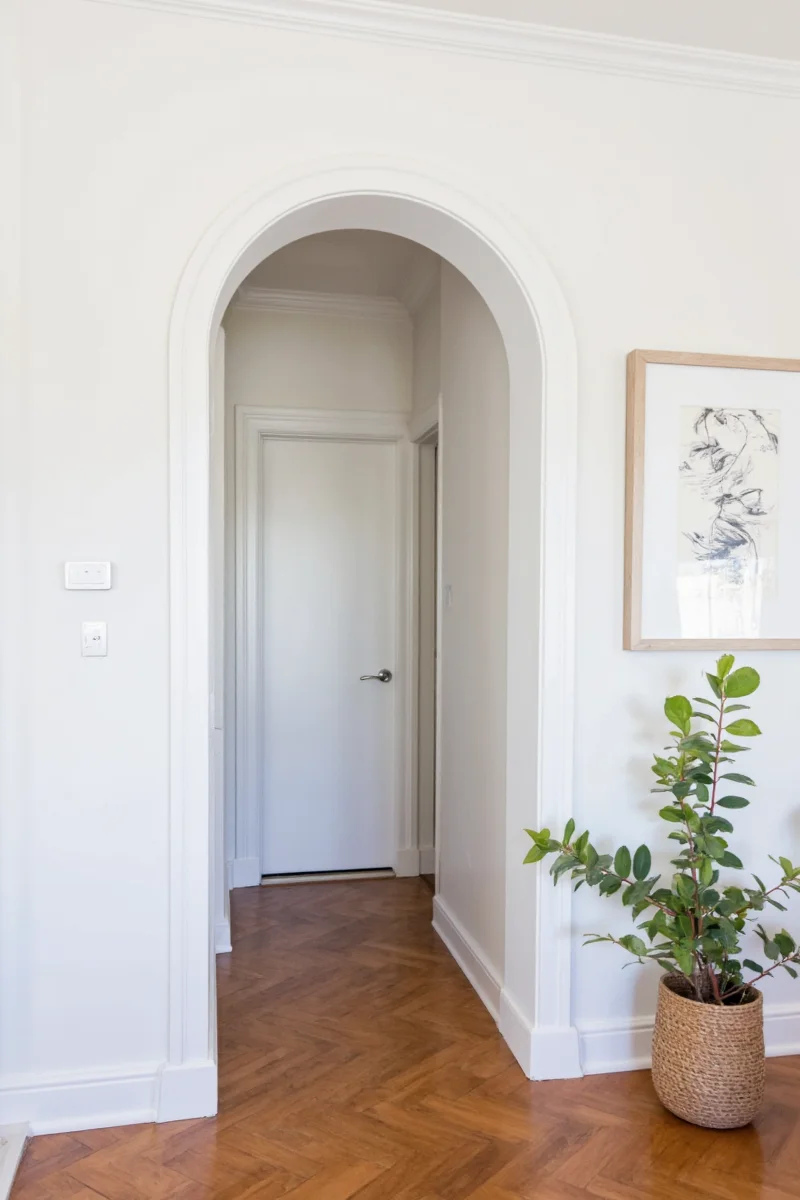
Image 2: This arched doorway doubles as a bookshelf nook—genius!
Best Materials for Safe and Durable Archways
You don’t want your beautiful arch collapsing like a Jenga tower the first time someone leans on it. So here’s a quick breakdown of materials that combine safety, durability, and aesthetics.
| Material | Pros | Cons | Best For |
|---|---|---|---|
| Medium-Density Fiberboard (MDF) | Smooth finish, easy to paint, budget-friendly | Not moisture-resistant; heavy | Interior arch frames |
| Hardwood (e.g., Oak, Maple) | Durable, timeless appeal | Expensive, needs sealing | High-end renovations |
| PVC Molding | Lightweight, water-resistant | Can look cheap if low-quality | Kitchens/bathrooms |
| Foam Panels | Soft edges, easy installation | Less durable over time | Toddler zones |
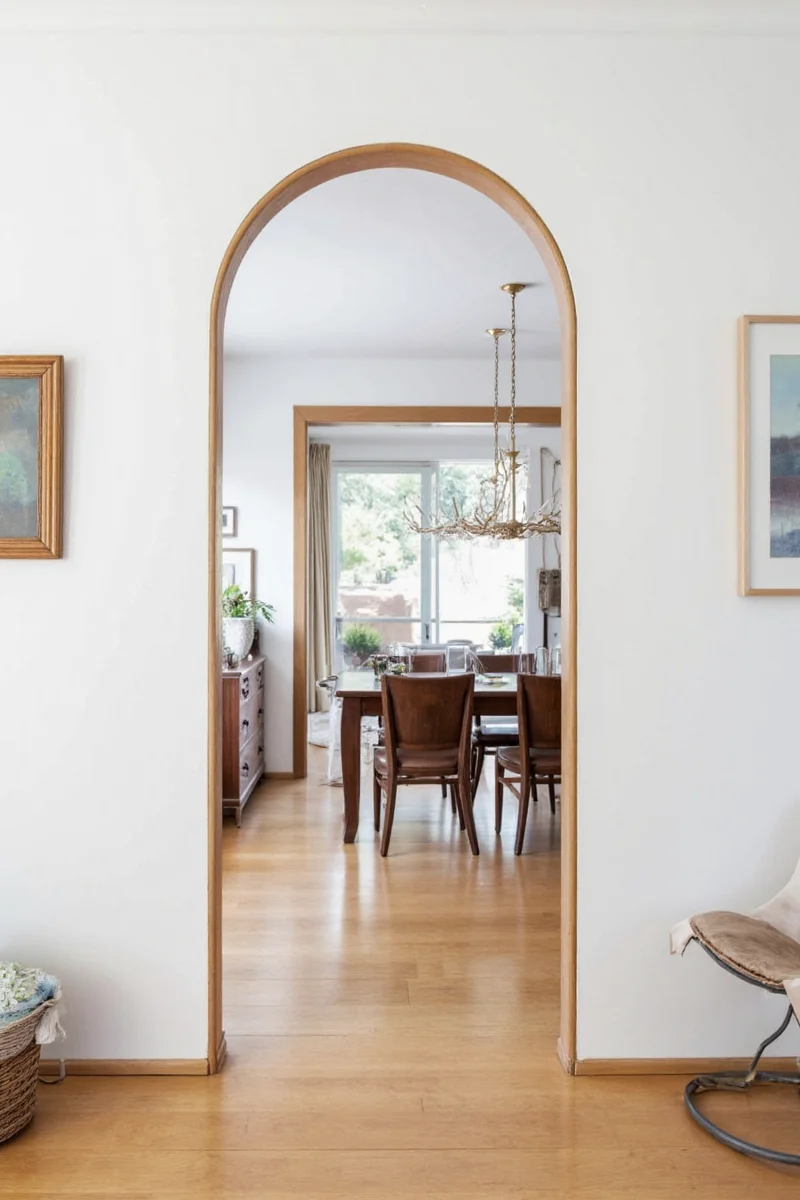
Image 3: Visual comparison of different arch material finishes.
Step-by-Step Guide to Building Your Own Arched Doorway
Ready to roll up your sleeves and make magic happen? Here’s a simplified guide to help you build your own family-friendly arched doorway—no contractor required.
- Measure Twice, Cut Once: Use a measuring tape to outline the height and width of your existing doorway.
- Choose Your Arch Type: Semi-circle, segmented, or eyebrow—pick one that complements your space.
- Create a Template: Use cardboard or plywood to sketch out the curve before cutting real materials.
- Frame It Out: Use 2x4 lumber to build the internal structure of the arch.
- Cover With Drywall or MDF: Attach using screws or adhesive depending on material type.
- Seal and Paint: Apply primer, sand, and finish with washable, non-toxic paint.
- Add Safety Trim: Soft corner guards or rubber edging for toddler-proofing.
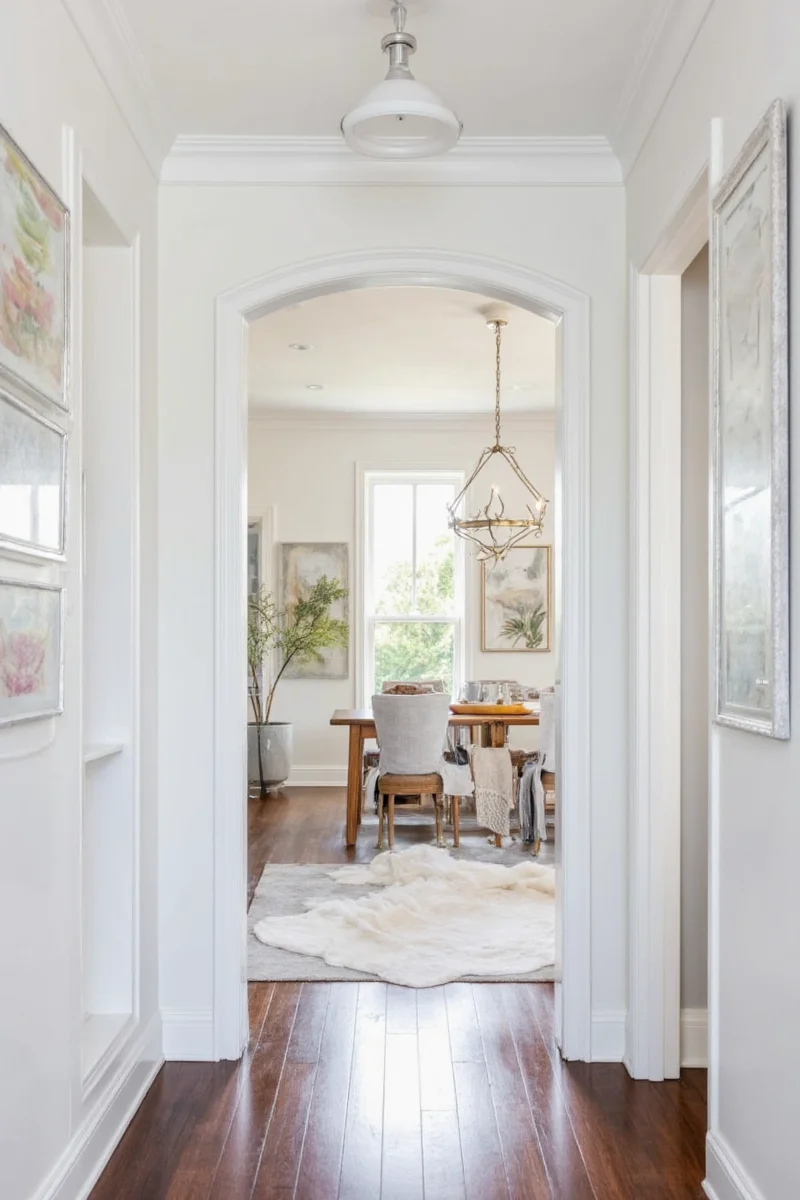
Image 4: Step-by-step visuals for creating an arched doorway at home.
Buyer’s Guide: Where to Shop for Arched Doorway Supplies
Now that you know what goes into making an arched doorway, let’s talk about where to shop for the right tools and materials. Below are some top-rated products and brands that are perfect for family-focused projects:
- Product Name: Kreg Pocket Hole Jig
Price: $60–$80
Details: Ideal for framing arch structures quickly and securely.
Features: Easy setup, durable metal guides, works with wood of various thicknesses.
Who It’s For: DIYers and homeowners looking for precise joints.
Applicable Occasions: Great for holiday weekend projects or summer renovations.
Why We Love It: Takes the guesswork out of angled cuts and ensures solid connections. - Product Name: Sherwin-Williams No VOC Kids Washable Paint
Price: $45/gallon
Details: Non-toxic, scrubable, and available in cheerful shades.
Features: Fade-resistant, odorless, eco-friendly formula.
Who It’s For: Parents, nursery designers, playroom planners.
Applicable Occasions: Perfect for baby showers, back-to-school refreshes.
Why We Love It: Lets you go wild with color without worrying about fumes or stains. - Product Name: CornerBee Corner Guards
Price: $25/set of 4
Details: Clear plastic edge protectors for sharp corners.
Features: Removable, transparent, child-safe edges.
Who It’s For: Toddler-proofers, renters, minimalist decorators.
Applicable Occasions: Newborn arrival, housewarming parties.
Why We Love It: Keeps kids safe without clashing with your aesthetic.
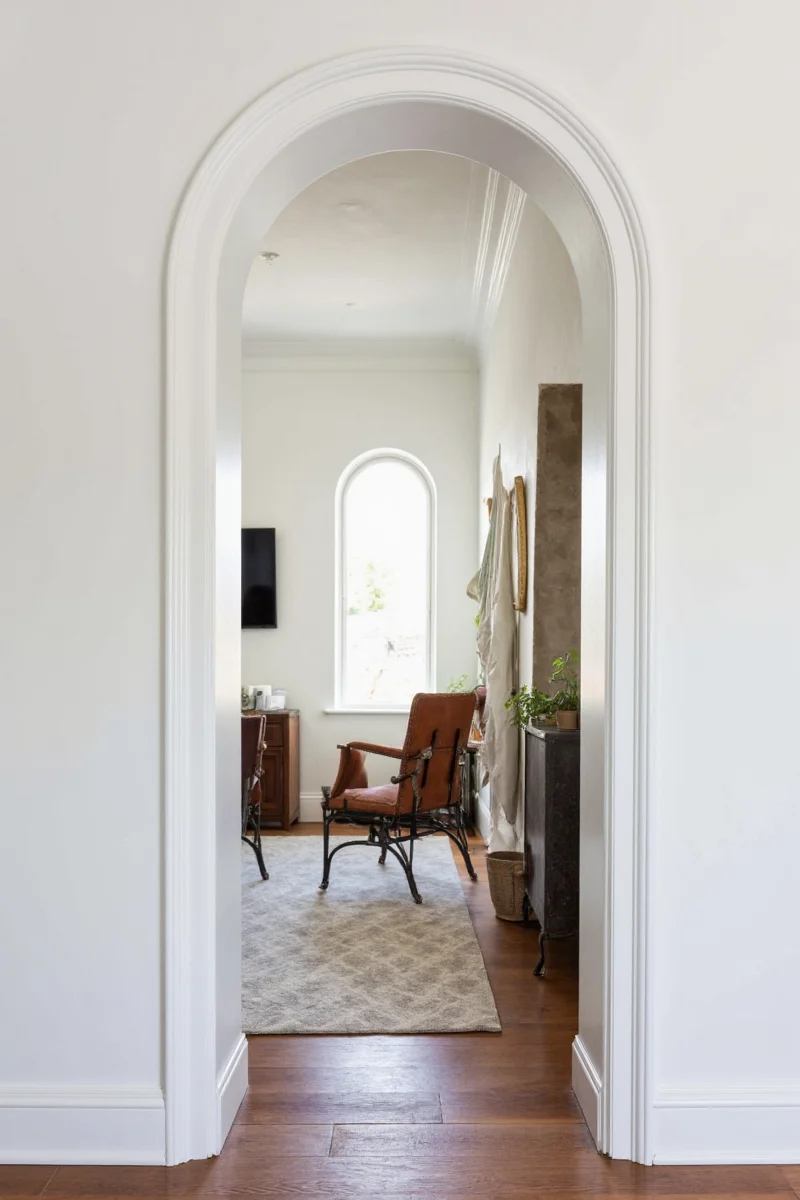
Image 5: Essential supplies for your arched doorway DIY project.
Final Thoughts
Creating a family-friendly arched doorway isn’t just about looks—it’s about crafting a space that welcomes life’s messiness while still feeling pulled together. Whether you're doing a full renovation or just adding a playful touch to your hallway, an arched doorway can become a beloved part of your home.
So grab your tools, pick your materials wisely, and don’t be afraid to add a splash of personality. After all, your home should be both beautiful and livable—and with these tips, you’re well on your way to achieving both!

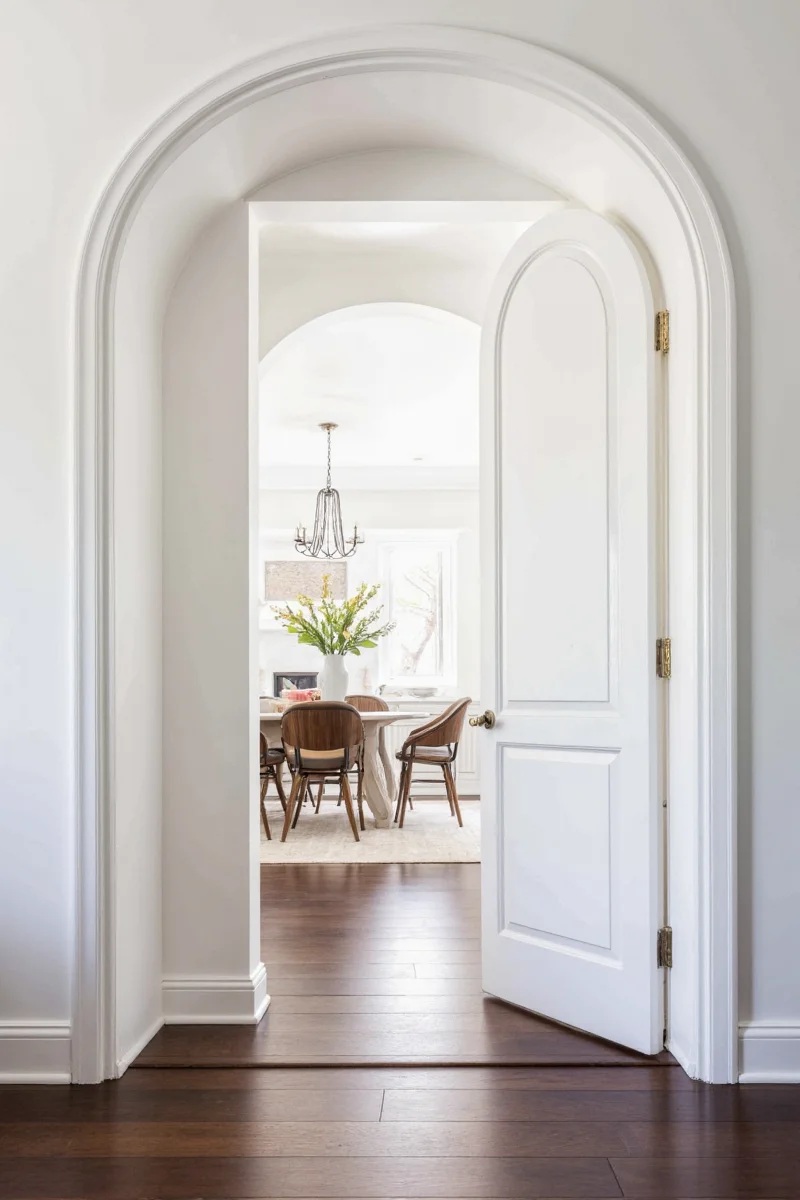









 浙公网安备
33010002000092号
浙公网安备
33010002000092号 浙B2-20120091-4
浙B2-20120091-4